Shark
Background
Sharks, a species that has existed for more than 400 million years, exist throughout our world's ocean with more than 450 species of shark in total. Most sharks are apex predators and sit at the top of the food chain. They play a vital role in keeping the ecosystem healthy by feeding on animals that are lower in the food chain.

How Sharks Keep the Ocean Healthy
Sharks have long been portrayed as terrifying predators of the deep, but really, they are essential guardians of the ocean.
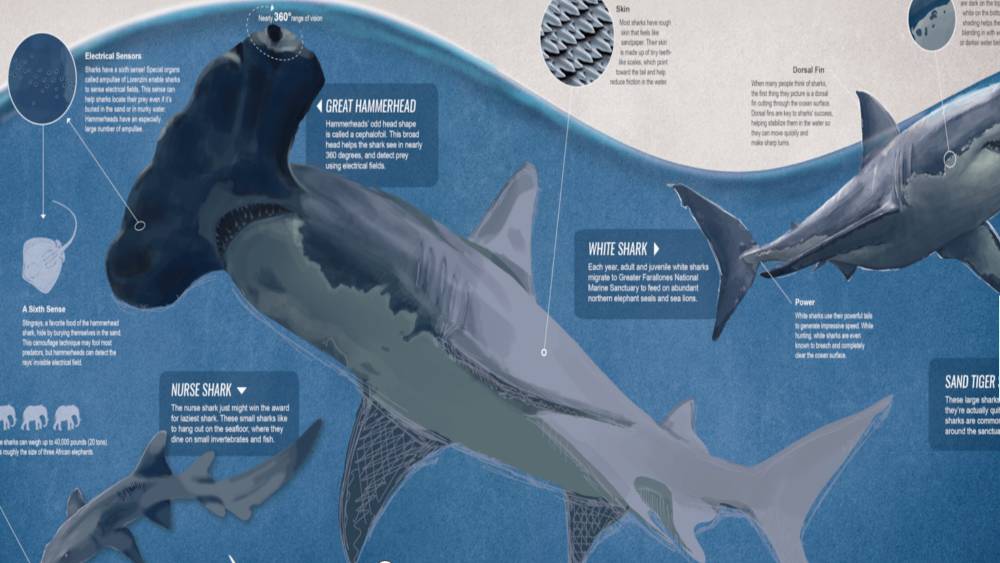
Sharks In Your National Marine Sanctuaries
Sharks have been around for a long, long time - they evolved before the dinosaurs did, and their time on Earth even predates trees! Over these hundreds of millions of years, they've adapted key features that enable them to thrive in a variety of habitats.
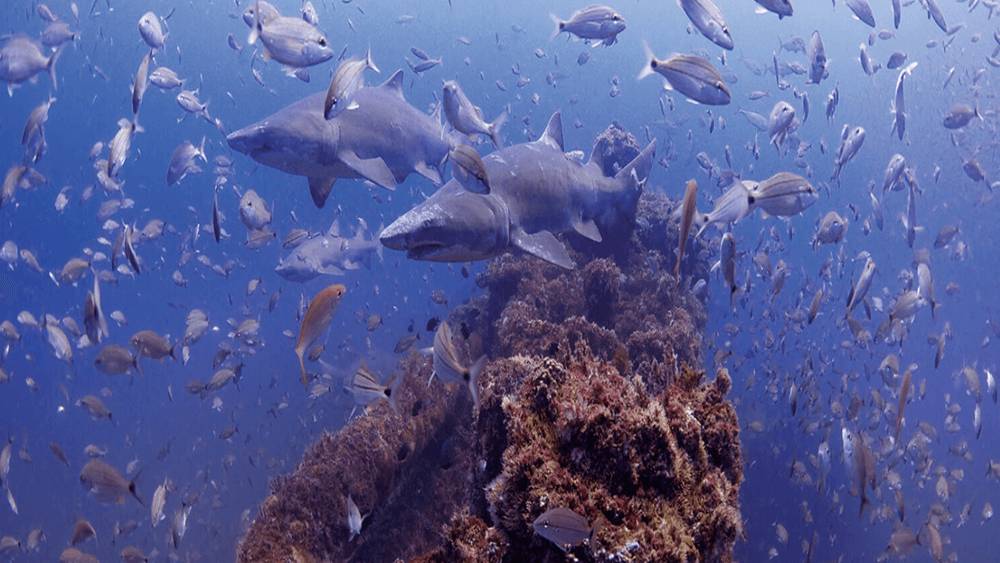
Sharks In Your National Marine Sanctuaries Photos
Sharks: mindless killers? Think again! Sharks are more than their scary reputation and play important roles in sanctuary habitats from coral reefs to the deep seas.
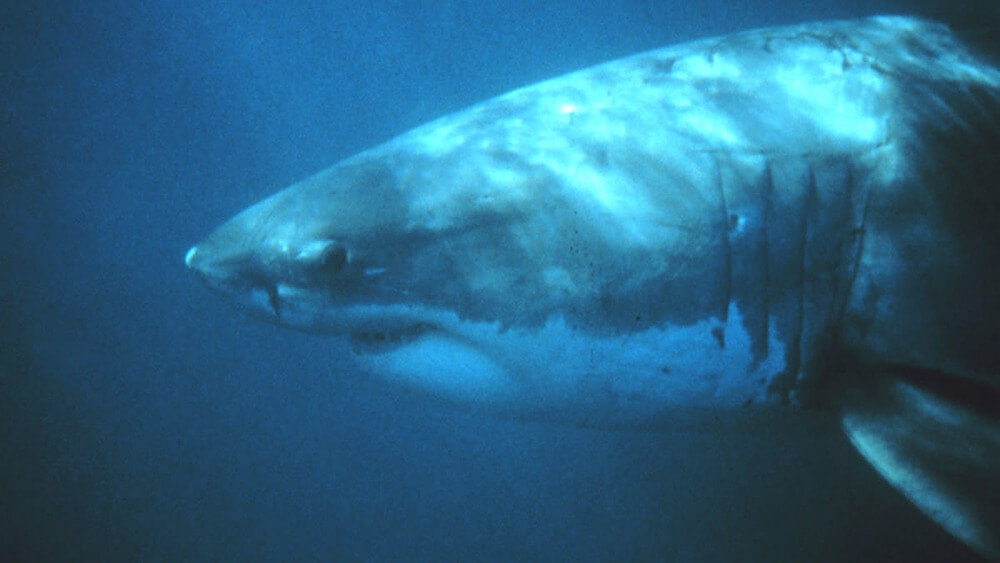
White Shark Natural History
Greater Farallones National Marine Sanctuary protects the wildlife and habitats of one of the most diverse and bountiful marine environments in the world. This area is one of the top four major upwelling areas in the world. These biologically and nutrient rich waters provide sustenance for major populations of top predators, including white sharks.
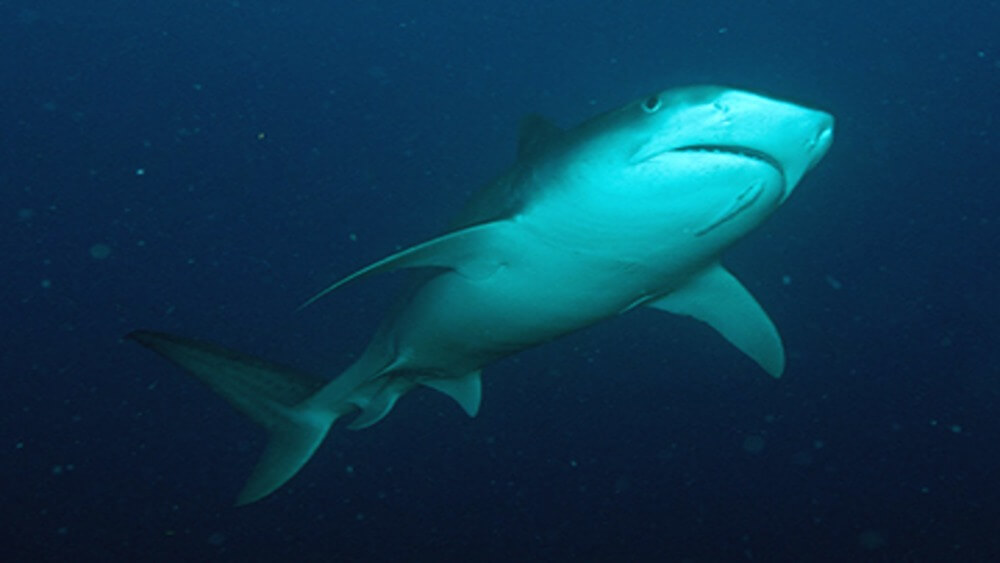
Shark and Rays of Flower Garden Banks
Here's some guidance on how to interact appropriately with rays or sharks when you see them. Remember, sanctuary regulations prohibit you from touching, or harassing any rays or sharks.
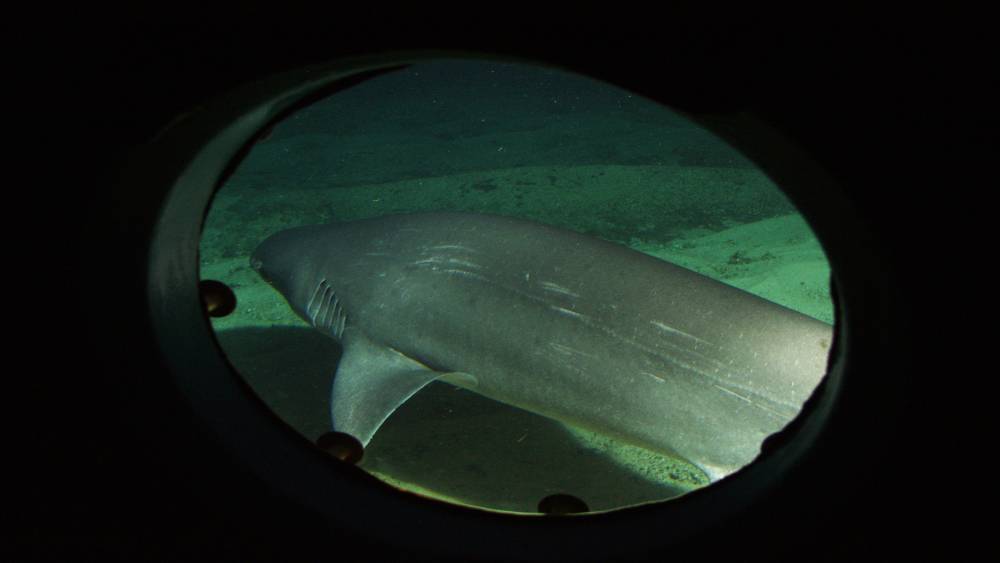
Sharks and Ecosystem Connectivity in the Channel Islands
Understanding which species and habitats exhibit high connectivity to the mainland is critical to proper management. It is well known that large pelagic species such as whales, sharks, dolphins, seabirds, and tuna are known to travel large distances between habitats, however many smaller species also move between the islands and mainland.
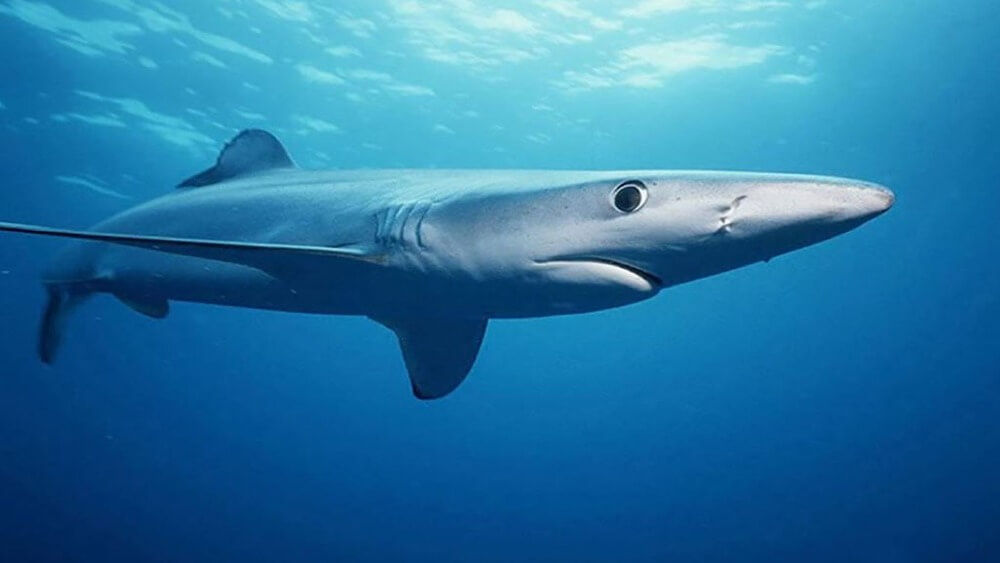
Do Sharks Hunt People?
Most sharks are not dangerous to humans — people are not part of their natural diet. Only about a dozen of the more than 300 species of sharks have been involved in attacks on humans.
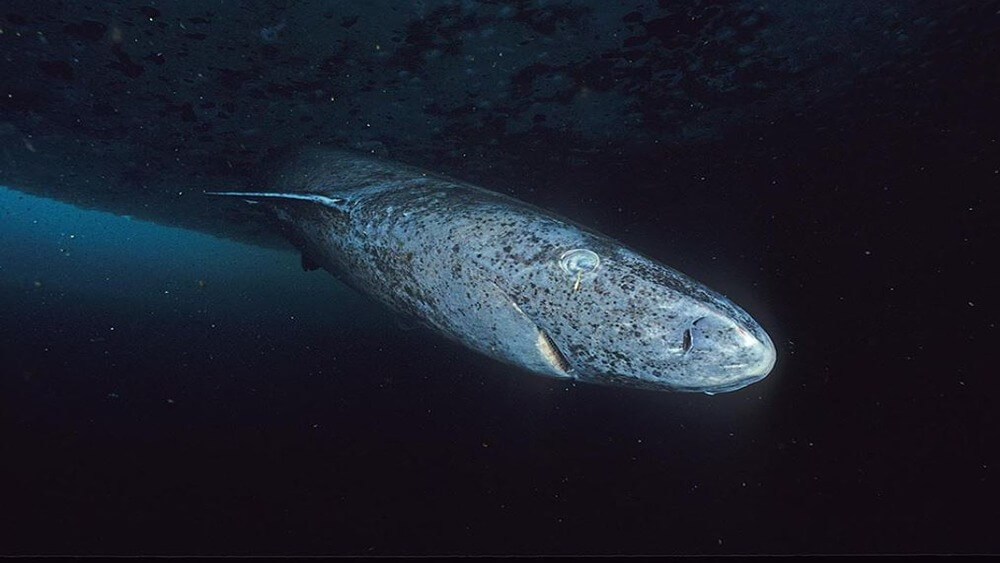
How Long do Greenland Sharks Live?
Scientists estimate the Greenland shark lives at least 250 years. They may live over 500 years. Scientists have suspected for a while that Greenland sharks lived extremely long lives, but they didn't have a way to determine how long.
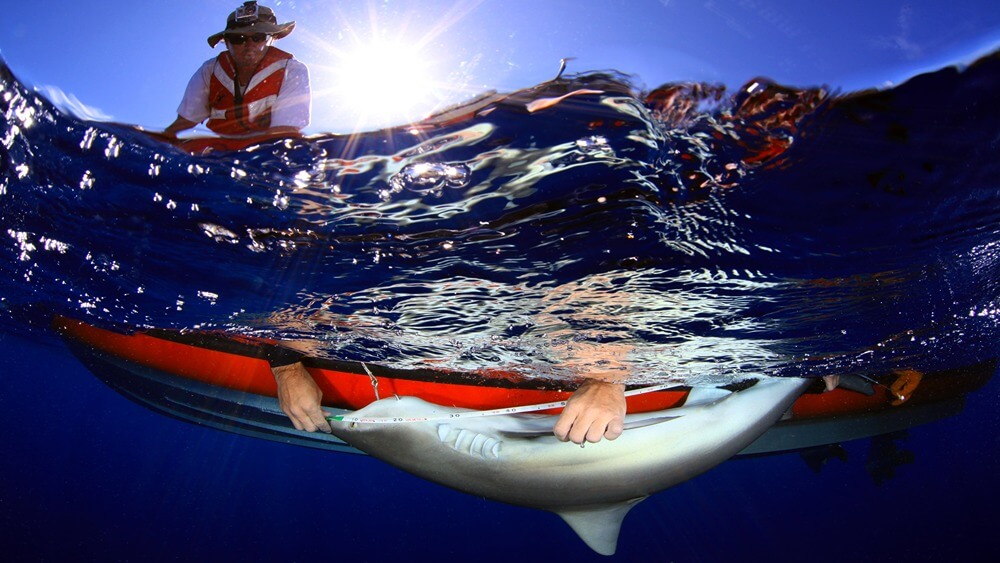
Shark Conservation
As one of the top ocean predators, sharks play an important role in the food web and help ensure balance in the ocean's ecosystem. With increased demand and exploitation rates for some shark species and shark products, concern has steadily grown regarding the status of many shark stocks and their exploitation in global fisheries. NOAA Fisheries is committed to sustainable shark management.
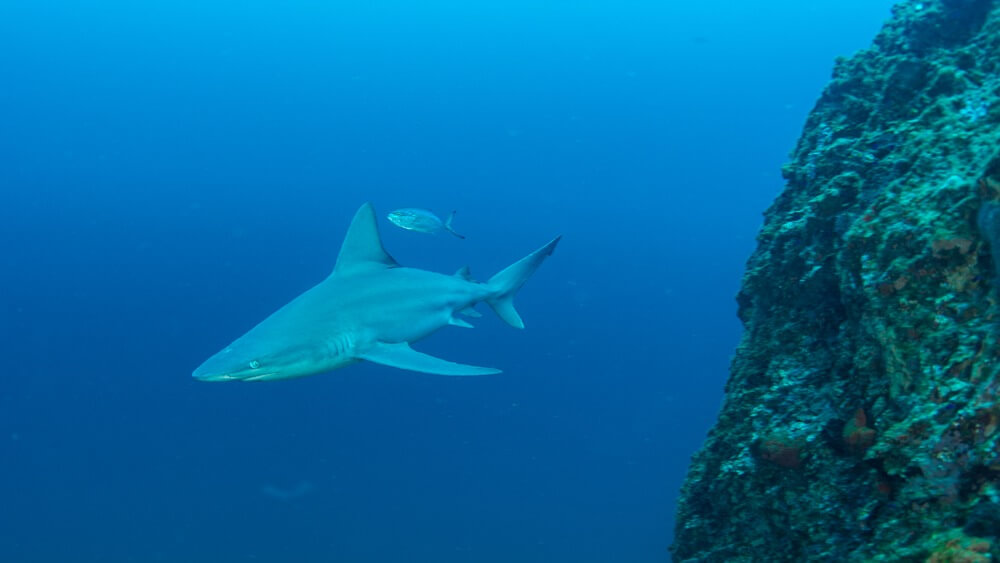
Fish & Sharks
Fish are extremely diverse animals living in a variety of habitats ranging from coral reefs and kelp forests to rivers, streams, and the open ocean. Most fish can be categorized into one of two primary groups: bony fish (Osteichthyes) and cartilaginous fish (Chondrichthyes). The skeleton of bony fish is made of bones, while that of cartilaginous fish is made of cartilage. Cartilaginous fish include sharks, skates, and rays.

